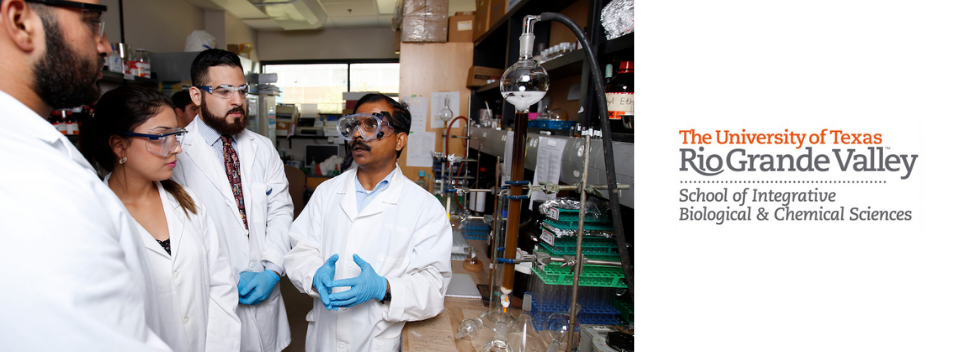
School of Integrative Biological & Chemical Sciences Faculty Publications and Presentations
Document Type
Article
Publication Date
2-13-2024
Abstract
Organometallic drug development is still in its early stage, but recent studies show that organometallics having iron as the central atom have the possibility of becoming good drug candidates because iron is an important micro-nutrient, and it is compatible with many biological systems, including the human body. Being an eco-friendly Lewis acid, iron can accept the lone pair of electrons from imino(sp2)-nitrogen, and the resultant iron-imine complexes with iron as a central atom have the possibility of interacting with several proteins and enzymes in humans. Iron-imine complexes have demonstrated significant potential with anticancer, bactericidal, fungicidal, and other medicinal activities in recent years. This article systematically discusses major synthetic methods and pharmacological potentials of iron-imine complexes having in vitro activity to significant clinical performance from 2016 to date. In a nutshell, this manuscript offers a simplistic view of iron complexes in medicinal inorganic chemistry: for instance, iron is presented as an "eco-friendly non-toxic" metal (as opposed to platinum) that will lead to non-toxic pharmaceuticals. The abundant literature on iron chelators shows that many iron complexes, particularly if redox-active in cells, can be quite cytotoxic, which can be beneficial for future targeted therapies. While we made every effort to include all the related papers, any omission is purely unintentional.
Recommended Citation
Anane, J., Owusu, E., Rivera, G., & Bandyopadhyay, D. (2024). Iron-Imine Cocktail in Drug Development: A Contemporary Update. International journal of molecular sciences, 25(4), 2263. https://doi.org/10.3390/ijms25042263
Creative Commons License

This work is licensed under a Creative Commons Attribution 4.0 International License.
Publication Title
International journal of molecular sciences
DOI
10.3390/ijms25042263


Comments
Copyright © 2024 by the authors. Licensee MDPI, Basel, Switzerland. This article is an open access article distributed under the terms and conditions of the Creative Commons Attribution (CC BY) license (https://creativecommons.org/licenses/by/4.0/).